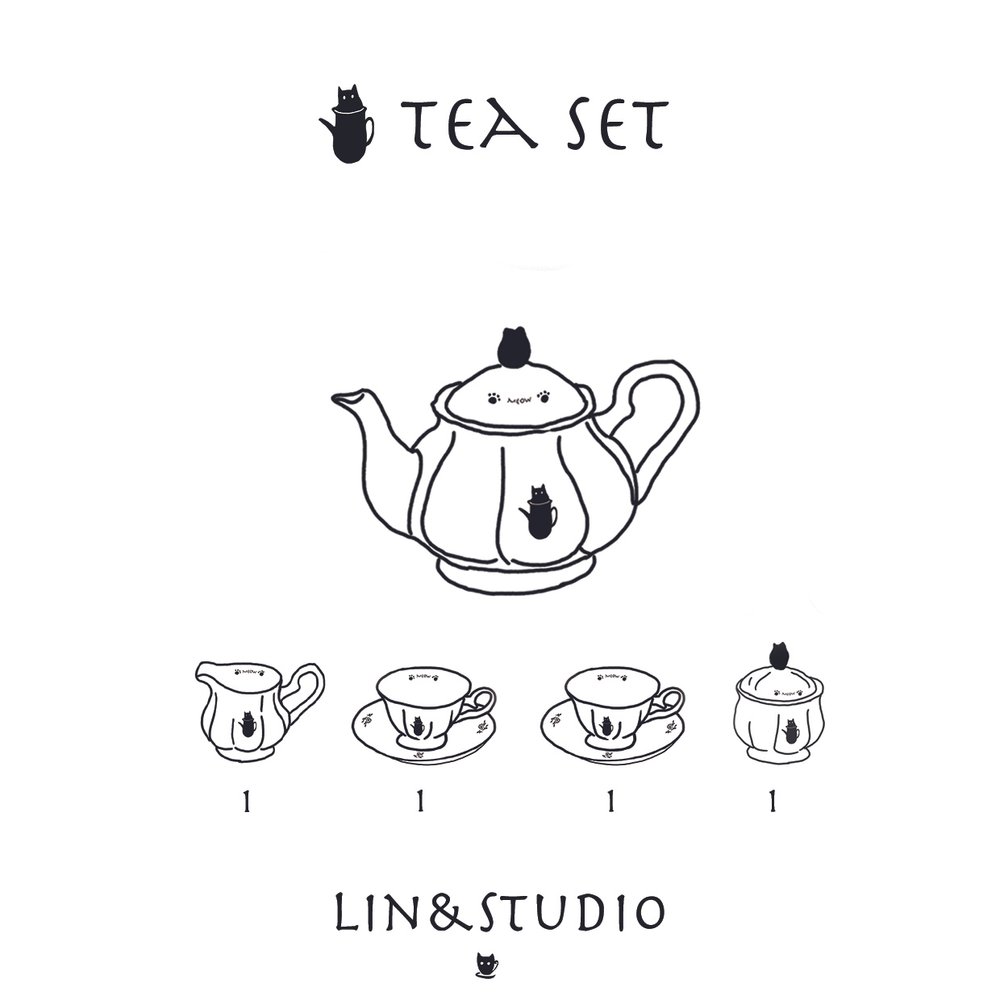
# The Art of Crafting a Perfect Teapot
The teapot, a humble yet essential vessel, has been a cornerstone of tea culture for centuries. Its design, functionality, and aesthetic appeal have evolved over time, reflecting the artistry and craftsmanship of its creators. In this article, we delve into the intricate process of crafting the perfect teapot, exploring the materials, techniques, and traditions that make each piece unique.
## The History of the Teapot
The origins of the teapot can be traced back to ancient China, where tea was first cultivated and consumed. Early teapots were simple, utilitarian objects, often made from clay or porcelain. Over time, as tea drinking spread across the globe, the teapot became a symbol of refinement and sophistication. European artisans, inspired by Chinese designs, began to create their own versions, incorporating local materials and styles.
## Materials and Techniques
The choice of material is crucial in the creation of a teapot. Traditional materials include:
– **Clay**: Known for its heat retention and ability to enhance the flavor of tea.
– **Porcelain**: Prized for its delicate appearance and smooth texture.
– **Glass**: Offers a modern aesthetic and allows tea drinkers to observe the brewing process.
Each material requires specific techniques. For instance, clay teapots are often hand-thrown on a potter’s wheel, while porcelain teapots may be cast in molds and then meticulously painted or glazed. Glass teapots, on the other hand, are typically blown or molded, requiring precision and skill to achieve the desired shape and thickness.
## Design and Functionality
A well-crafted teapot is not only beautiful but also functional. Key design elements include:
– **Spout**: Must allow for a smooth, drip-free pour.
– **Handle**: Should be comfortable to hold and balanced with the body of the teapot.
– **Lid**: Needs to fit snugly to retain heat and prevent spills.
Artisans often experiment with shapes, sizes, and decorative elements to create teapots that are both practical and visually appealing. Some teapots feature intricate carvings, while others are adorned with hand-painted designs or inlaid with precious metals.
## The Role of Tradition and Innovation
While traditional methods and designs continue to be revered, modern artisans are also pushing the boundaries of teapot craftsmanship. Innovations in materials and technology have led to the creation of teapots that are not only functional but also works of art. For example, some contemporary teapots incorporate advanced ceramics that can change color with temperature, adding an interactive element to the tea-drinking experience.
## Conclusion
The art of crafting a perfect teapot is a blend of tradition, skill, and creativity. Whether made from clay, porcelain, or glass, each teapot tells a story of its maker and the culture from which it originates. As tea continues to be a beloved beverage worldwide, the teapot remains a timeless symbol of the art and ritual of tea drinking.
Keyword: teapot